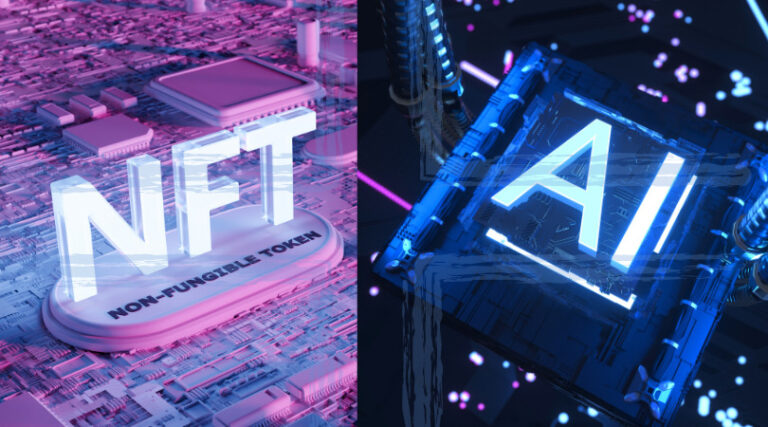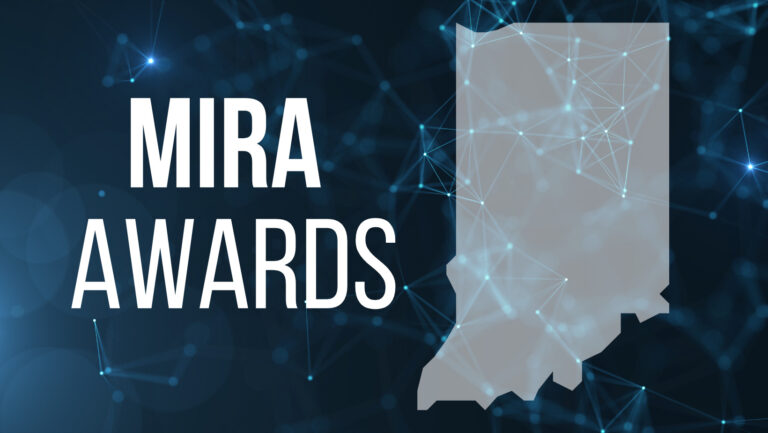Art World Shake-up: A Short Guide to Non-Fungible Tokens
Non-fungible tokens, or NFTs, have taken the art world and the internet by storm. But what are NFTs, and why are they so popular? In this guide, we’ll explore the basics of NFTs and why they’re shaking up the world of art and collectibles. What are NFTs? At their core, NFTs are digital assets that […]
Technologies
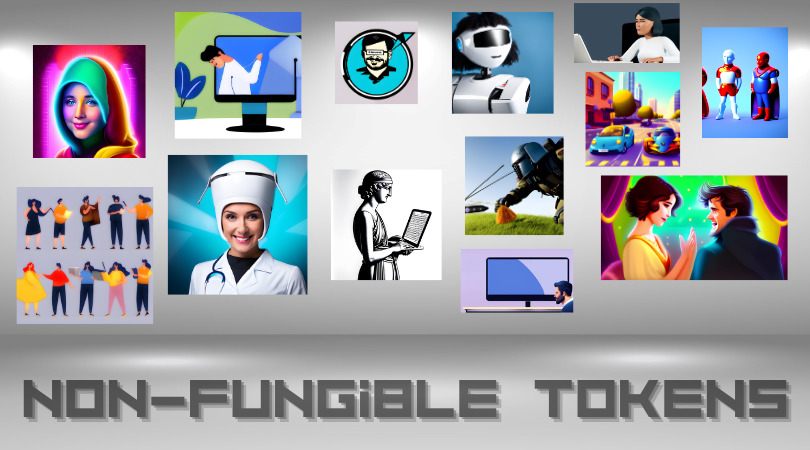
Non-fungible tokens, or NFTs, have taken the art world and the internet by storm. But what are NFTs, and why are they so popular? In this guide, we’ll explore the basics of NFTs and why they’re shaking up the world of art and collectibles.
What are NFTs?
At their core, NFTs are digital assets that represent ownership of a unique item, such as a piece of artwork, a tweet, or even a virtual real estate property. Unlike other cryptocurrencies like Bitcoin or Ethereum, which are interchangeable and have the same value no matter who owns them, NFTs are unique and cannot be replicated.
NFTs are built on blockchain technology, which allows for a secure and transparent record of ownership. This means that when you purchase an NFT, you own a unique, verified digital asset that cannot be duplicated or forged.
Why are NFTs so popular?

NFTs have gained popularity for a variety of reasons. For one, they allow artists and creators to monetize their digital creations in a way that was previously impossible. With NFTs, creators can sell their artwork directly to buyers, without the need for intermediaries like galleries or auction houses.
NFTs appeal to collectors because they provide a way to own a unique, verified piece of digital art or content. Owning an NFT can be seen as a status symbol or a way to support a particular artist or creator.
Finally, the rise of NFTs can also be attributed to the hype surrounding blockchain technology and the decentralized economy. NFTs are seen as a way to disrupt traditional models of ownership and value, and to create a more democratized, community-driven approach to collecting and owning assets.
How do NFTs work?
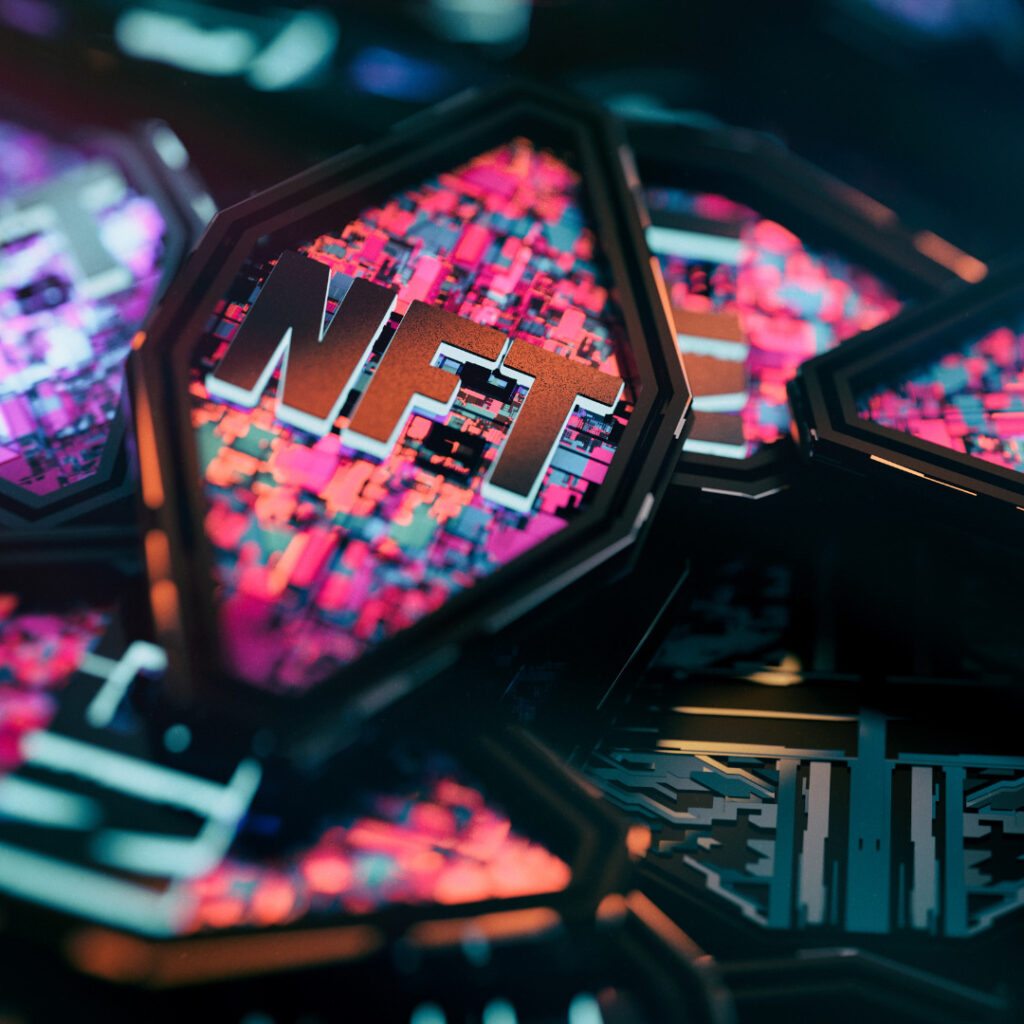
NFTs are created using blockchain technology, which allows for a secure and transparent record of ownership. When a creator wants to create an NFT, they can use a platform like OpenSea or Nifty Gateway to mint the token and add it to the blockchain.
Once the NFT is minted, it can be bought and sold like any other asset. When someone purchases an NFT, they own the unique digital asset that the token represents. This ownership is recorded on the blockchain, providing a transparent and secure record of ownership.
What are the benefits of NFTs?
NFTs offer a variety of benefits for creators, collectors, and investors. For creators, NFTs provide a new way to monetize their digital creations and reach a global audience without the need for intermediaries. For collectors, NFTs provide a way to own a unique, verified piece of digital art or content. For investors, NFTs offer the potential for high returns on investment as the market for digital assets continues to grow.
What are the drawbacks of NFTs?
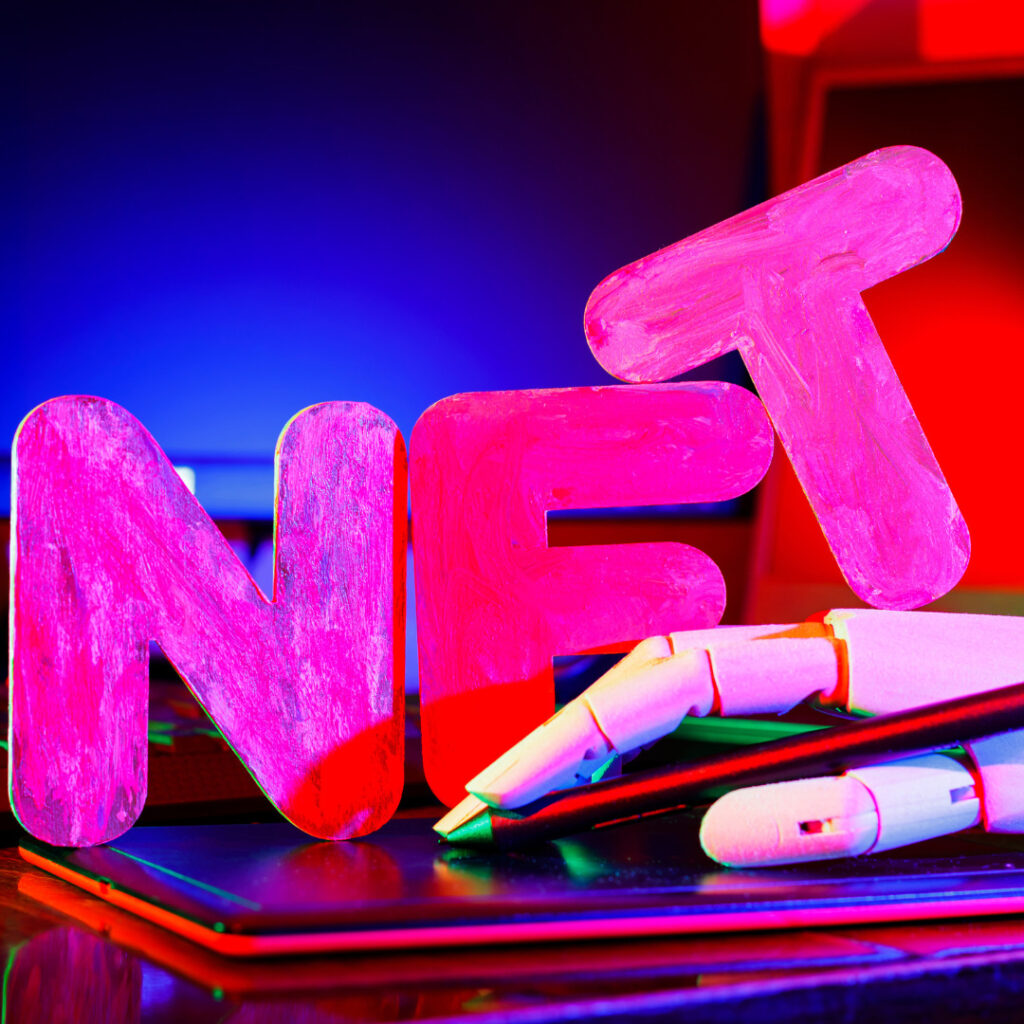
While NFTs offer many benefits, there are also some potential drawbacks to consider. For one, the market for NFTs is still relatively new and untested, which means there’s a higher level of risk involved for investors. Additionally, the high transaction fees associated with buying and selling NFTs can be a barrier for some buyers and sellers.
Finally, there are also concerns about the environmental impact of NFTs. The blockchain technology used to create and trade NFTs requires a significant amount of energy.
Conclusion
NFTs are a new and exciting development in the world of art and collectibles. By using blockchain technology, NFTs provide a secure and transparent way to own and trade unique digital assets.
Whether you have an app idea to shake up the world of art, fitness, or medicine, Swan Software Solutions creates high-quality custom solutions to help our clients succeed. To find out more, contact us to schedule a free assessment.
